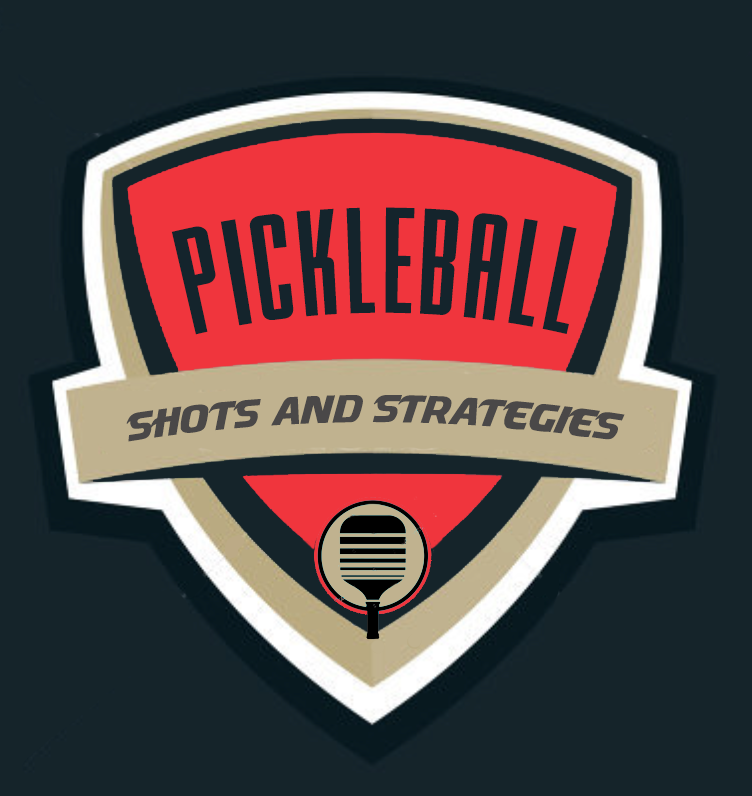APPROACH SHOTS - HOW
Placement and avoiding unforced errors are the most important aspects of the approach shot. The approach shot is a shot that you hit and advance to your NVZ line. This is most commonly used when returning a serve. Your strategy should be to hit the ball and approach the net - the top strategy is to get up to your NVZ line, the best position for controlling the point.
This shot can and should be used in both doubles and singles.
The approach shot is also called a “Chip and Charge”. The word “Chip” is used to describe the technique of using a short and compact stroke in order to control accuracy and consistency.
The word, “chip”, is a misnomer because the intent is to hit the shot deep into your opponent’s court forcing them to hit a more difficult third shot. You really don’t want to hit a soft and short “chip” where the ball lands in the middle of the court which would give your opponents a ball they can move forward and hit a drive on, or an easier drop. The term “chip and charge” has been around forever, but you should think about this as a “drive and charge” instead. It’s better to hit the ball with some pace so your opponents have less time to react, making them less accurate on their returning shot.
You choose your shots. For example…You could decide to hit the approach shot as a lob on your return of serve. This qualifies as following the shot to the net and also gives you more time to get up to your NVZ line while giving opponents more time to get into position for their next shot.
In singles, the percentage is to hit your approach shot to your opponent’s backhand. Generally the backhand is the weaker side for most players. Hitting the ball deeper makes your opponent’s passing shot more difficult.
In doubles, you generally should try to hit the return of serve to the backhand of one of the players. But often, the opponent will move around their 10 foot wide area of the court in order to hit their forehand. It is a good strategy to hit the approach shot or return of serve down the middle of the court so you can be the player with the backhand in the middle. Most teams are made up of two right handed players, so one will always have their backhand in the middle. Hitting the ball 2 to 3 feet to the side with the player with the backhand in the middle can cause confusion on who is going to play the ball - the partner with the backhand in the middle, or the partner with their forehand in the middle? The player with the forehand in the middle will have to move across into their partner’s side in order to hit the shot. This may cause a slight dispute since both players may be competing against each other to hit the ball.
The vast majority of the time, you will hit your approach shot to opponents who are behind their baseline. However, it’s also common to hit an approach shot as a third shot drop and move up when both opponents are at their NVZ line. This gives you an understanding of how accurate your approach shot should be for fluid play. Thankfully the ball bounces lower than the net so this drop shot will force your opponent into hitting up on the ball. You don’t want to approach the net on a high ball, so accuracy is very important.
